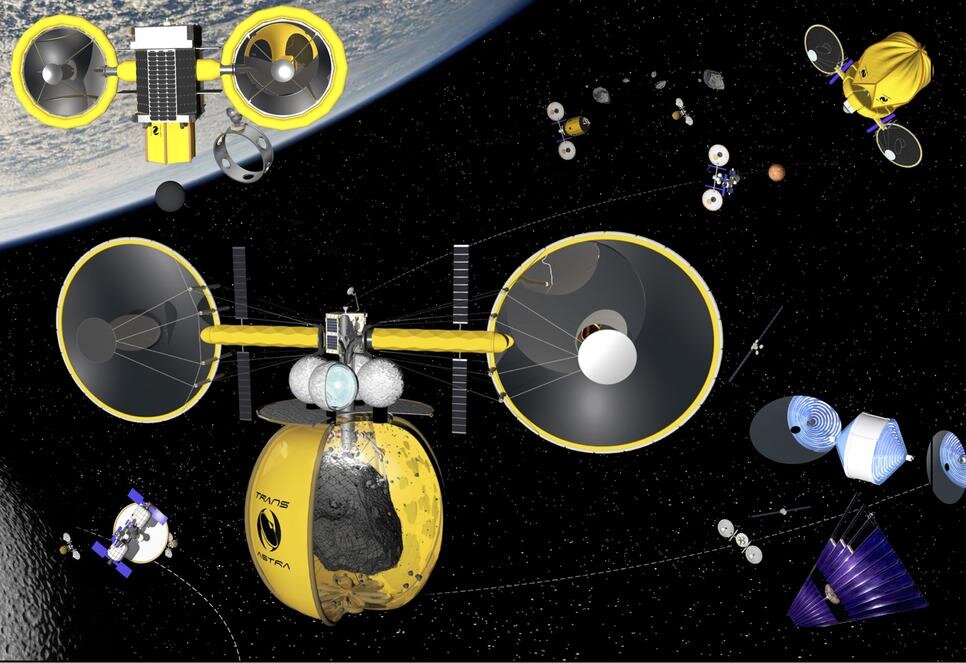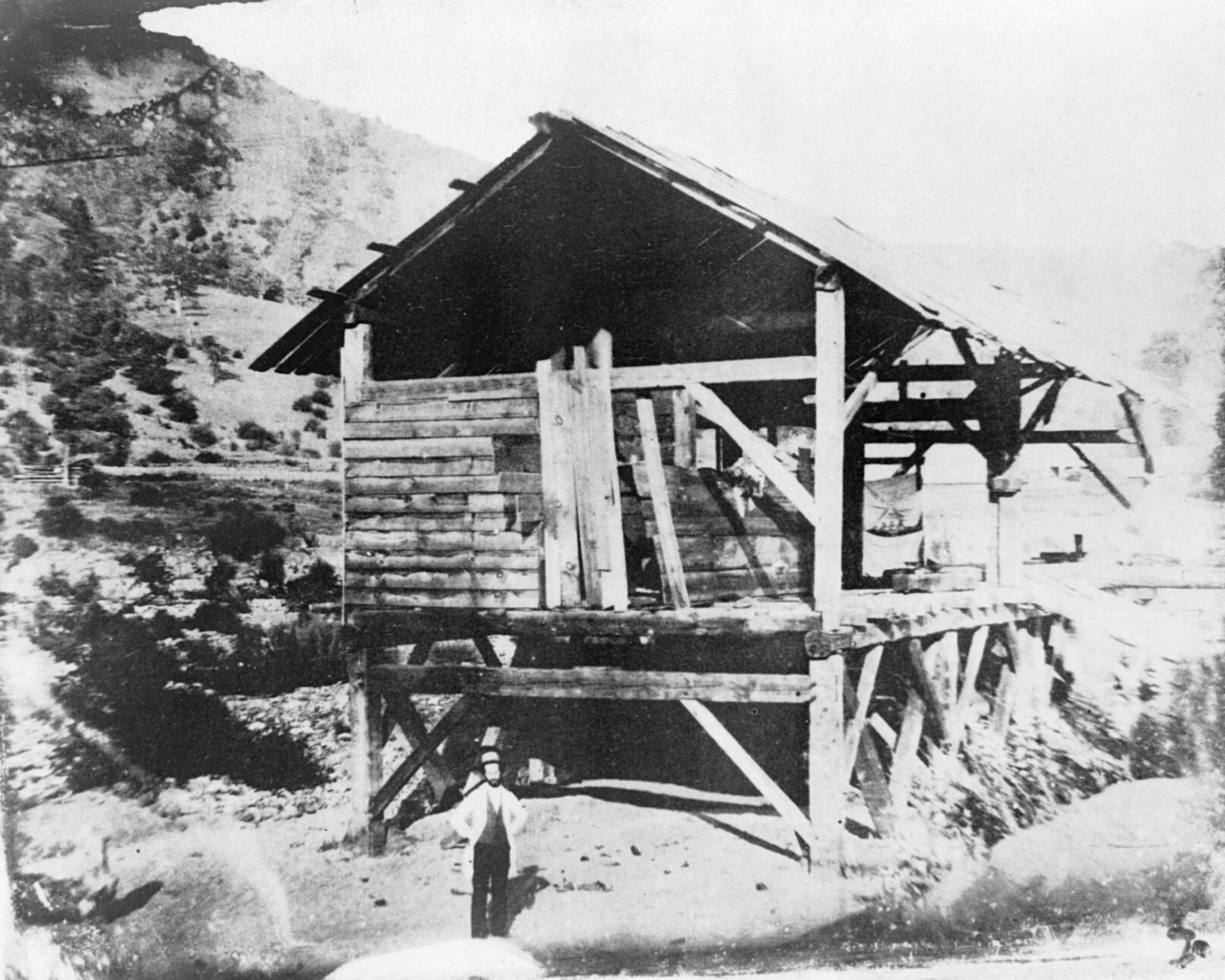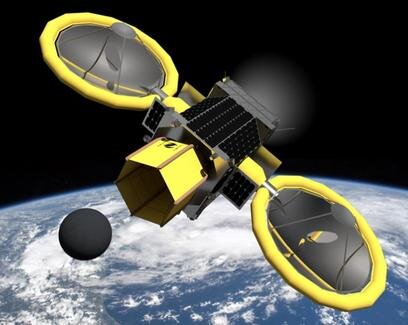Plans continue going well for the Trans Astronautica Corporation, who have patent-pending technology for asteroid mining on a massive scale including mining, surveying, and propulsion technologies all of which are fitted to a series of bee-inspired spacecraft and optimized for Falcon 9 and other current spaceships.
NASA, an in-part investor in the TransAstra mining corporation, just finished conducting their one-year continuation review of the “Mini-Bee” demonstration spacecraft prototype, and was “delighted” with the company’s progress.
Asteroid Provided In-situ Supplies, or APIS for short, named for the Latin word for bees, is TransAstra’s line of asteroid mining spacecraft, the Mini-Bee, the Honey Bee, and the Queen Bee. They are designed to find, attach to, and mine, near-Earth asteroids as a source of water and other resources to convert into propellent and sell on the open market for ships out in space.
This would, if proven successful, remove the need to replenish repellent at either the ISS or back on Earth, representing a potential savings of $300 billion in private-public fuel costs over the next ten years according to a mixture of NASA and private efficacy studies.
Working to produce a “gold rush in space,” TransAstra took inspiration from the Transcontinental Railroad built across North America through public-private partnerships.

The skinny of asteroid mining
Founder of TransAstra Joel Sercel said in a recent interview with the Planetary Society’s Matt Kaplan that the problem with several asteroid mining companies, like Deep Space Industries, and the much larger Planetary Resources, which won $21 million in backing from Google, is that they focused too hard on building spacecraft.
Deep Space Industries and Planetary Resources are gone now, with one being bought by a blockchain solutions company, and the other by a small aviation firm.
“Timing, strategy, and innovation… there wasn’t the demand in 2017/2018 for the quantities of water that it makes sense to mine from asteroids for economic purposes,” explains Sercel when asked why TransAstra survived the early boom in space prospecting. “The reason to go to asteroids in the near term is to harvest their materials as rocket propellant”.
SpaceX and other commercial space fairing entities like Blue Origin, as well as NASA’s accelerated timeline for sending more humans into orbit and other planets, means that now TransAstra can find outer space buyers for say, 100 tons of water.
“We focus like a laser on the core technological issues with asteroid mining,” says Sercel, and indeed they’ve developed several key systems and technologies that will allow large-scale asteroid mining, and many of these technologies have NASA scientists very excited.
In NASA’s Innovative Advanced Concepts program (NIAC) there is only one company to have been awarded six NIAC designations for its technologies — TransAstra, which also has the only one to ever make it to phase 3 technology development and demonstration.
If the Mini-Bee prototype’s mining and propulsion systems are found to work, there would be additional funding from NASA available for TransAstra to build the Honey Bee mining craft, which weighs around 5,000 kilograms and can mine around 100 tons of water from asteroids.
Their plan is to have Mini-bee in space in about 2 years.

Sercel’s Mill
The first of the mining technologies is called Optical Mining, which reflects sunlight using special panels into a concentrated point of around 4,040º Fahrenheit, which busts apart the fragile asteroids and allows the collection of water, carbon, and other volatile chemicals that can be sold as rocket propellent. This particular technology has been demonstrated on Earth by TransAstra many times.
Like a hydrogen-powered electric car, the Omnivore thruster is another patent pending NIAC-designated technology owned by TransAstra that will power their mining vehicles. The water that’s mined will be fed into a ceramic sponge that when exposed to the Sun’s rays, will cause it to heat up and eventually turn to gas that upon making its way out of the exhaust-end of the sponge, creates propellent-free thrust.
Another NIAC designation isn’t mounted on the APIS craft, but will work in tandem with it. It’s named for the location where gold was discovered in California, Sutter’s Mill. The Sutter Survey is a telescope system that will allow TransAstra to prospect “thousands of near-Earth asteroids every year”.
“Right now, the astronomy community.. are very good at finding asteroids that are bigger than about 100 meters in diameter, but we only know where a tiny fraction of the smaller asteroids, 5 to 10 meters in diameter are, the ones that are targets for asteroid mining,” said Sercel in his interview.
Launching on a normal medium-sized vehicle like a SpaceX Falcon 9, three groups of these Sutter Survey telescopes will be set in orbits in deep space in a mission called Sutter Ultra, which will act as a space prospector’s eyes, and allow them to set targets for the APIS crafts to go and mine.
“With Sutter Ultra, we’ve calculated that we’ll be able to find, characterize, and track, 350-times more asteroids every year than all the world’s telescopes are finding today,” Sercel claims, who added that Sutter Survey has been peer-reviewed and proven as feasible.
“In order to turn asteroid mining into a trillion-dollar business, we need to vastly increase the number of asteroids that we’re discovering”. WaL



